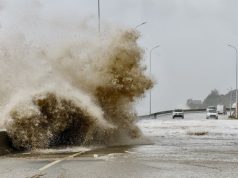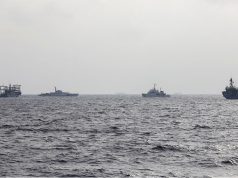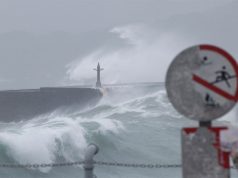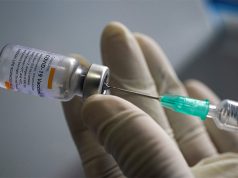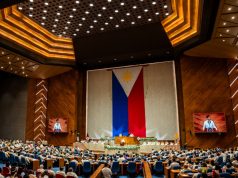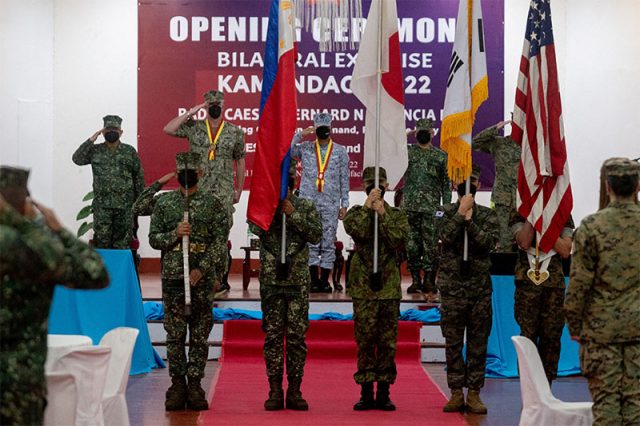
TOKYO — Japan is preparing military aid for the Philippines to help secure sea approaches and safeguard Taiwan’s western flank, officials say, deepening security ties that could bring Japanese forces back there for the first time since World War Two.
As it steps back from decades of pacifism, Tokyo worries that the Philippines is a weak link in an island chain stretching from the Japanese archipelago to Indonesia through which ships must pass going to or from the Pacific Ocean.
Chief among the Japanese military’s concerns is a Chinese attack on neighboring Taiwan that could spark a wider conflict, with Japanese Prime Minister Fumio Kishida warning that Ukraine today could be East Asia tomorrow. To help address that, Tokyo in April said it would offer like-minded countries military aid, including radars, that the officials said would help the Philippines plug defensive gaps.
“It is very useful giving radars to the Philippines because it means we could share information about the Bashi Channel,” said retired admiral Katsutoshi Kawano, referring to the waterway separating the Philippines and Taiwan. It is considered a choke point for vessels moving between the western Pacific and the contested South China Sea.
Three Japanese government officials involved in national security strategy planning told Reuters that Washington was advising Japan on what to supply because it had a close military relationship with the Philippines. One, however, said the aid effort was a Japanese initiative and not anything the United States had pressed for.
The officials declined to be identified because of the sensitivity of the matter.
“We are in the process of selecting equipment that can be used for maritime monitoring and security. We don’t know yet what exactly that will be,” a spokesperson at Japan’s Ministry of Foreign Affairs said.
The Philippines Department of Foreign Affairs said it was not immediately able to comment on security aid from Japan or hosting Japanese troops.
U.S. President Joe Biden’s national security adviser, Jake Sullivan, will meet in Tokyo on Friday with his counterparts from Japan and the Philippines, Takeo Akiba and Eduardo Año, for the first in a series of regular meetings to discuss security cooperation.
Loosening the rules
The scope of Japanese military aid is limited by a self-imposed ban on lethal equipment exports.
Prime Minister Fumio Kishida in December promised to review that restriction when he unveiled an unprecedented five-year military build-up that will double defense spending within five years.
Looser export rules are expected in coming months, but as pressure grows on industrial economies to help Ukraine, Tokyo has begun testing those restrictions.
After Ukraine President Volodymyr Zelenskiy visited Japan last month for the Group of Seven leaders’ summit, Kishida donated military trucks and other vehicles. Tokyo has also told the United States it can buy industrial explosives in Japan for artillery shells destined for Ukraine, and may provide shells themselves to the United States, freeing up supplies for Kyiv.
Japan’s military aid to the Philippines “will expand step by step and my hope is that it will change to include lethal weapons” such as anti-ship missiles, said Kawano, who served as chief of the Japanese Self-Defense Forces’ (SDF) Joint Staff for five years until 2019.
Kawano and the government officials who spoke to Reuters predicted Manila could give Japan access to its military bases, as it does with the United States, allowing Japanese SDF aircraft to patrol the South China Sea. Japan can monitor waters east of Taiwan from Yonaguni island, about 100 kilometers away.
In February the Philippine President Ferdinand Marcos Jr. and Kishida agreed in Tokyo that their militaries would cooperate in disaster relief.
That meeting, in which Kishida also promised Marcos 600 billion yen ($4.3 billion) in development aid and private investment, was preceded in December by the first-ever visit to the Philippines by Japanese fighter jets and a series of high-level military meetings. Japan in March observed U.S.-Philippine military drills, and this month their coast guards trained together for the first time.
All of this, experts say, could be a precursor to a reciprocal access agreement (RAA) that would allow both countries to deploy their forces on each other’s soil. If Manila accepts such an agreement — Tokyo has RAAs with Britain and Australia — a pact could be concluded within a year, another of the three Japanese government officials said.
“Since the change in administration, the Philippines has been giving very positive signals, and that could mean a quick agreement,” said Yusuke Ishihara, a senior fellow at Japan’s National Institute for Defense Studies. But he said Japan and the United States are treading carefully in trilateral talks with the Philippines.
“It’s sensitive about its relations with China. The trick will be to put the Philippines at ease by discussing economics issues or economic security rather than just defense,” he said.
— Reporting by Tim Kelly, Sakura Murakami and Yukiko Toyoda in Tokyo; additional reporting by Neil Jerome Morales in Manila. Editing by Gerry Doyle




